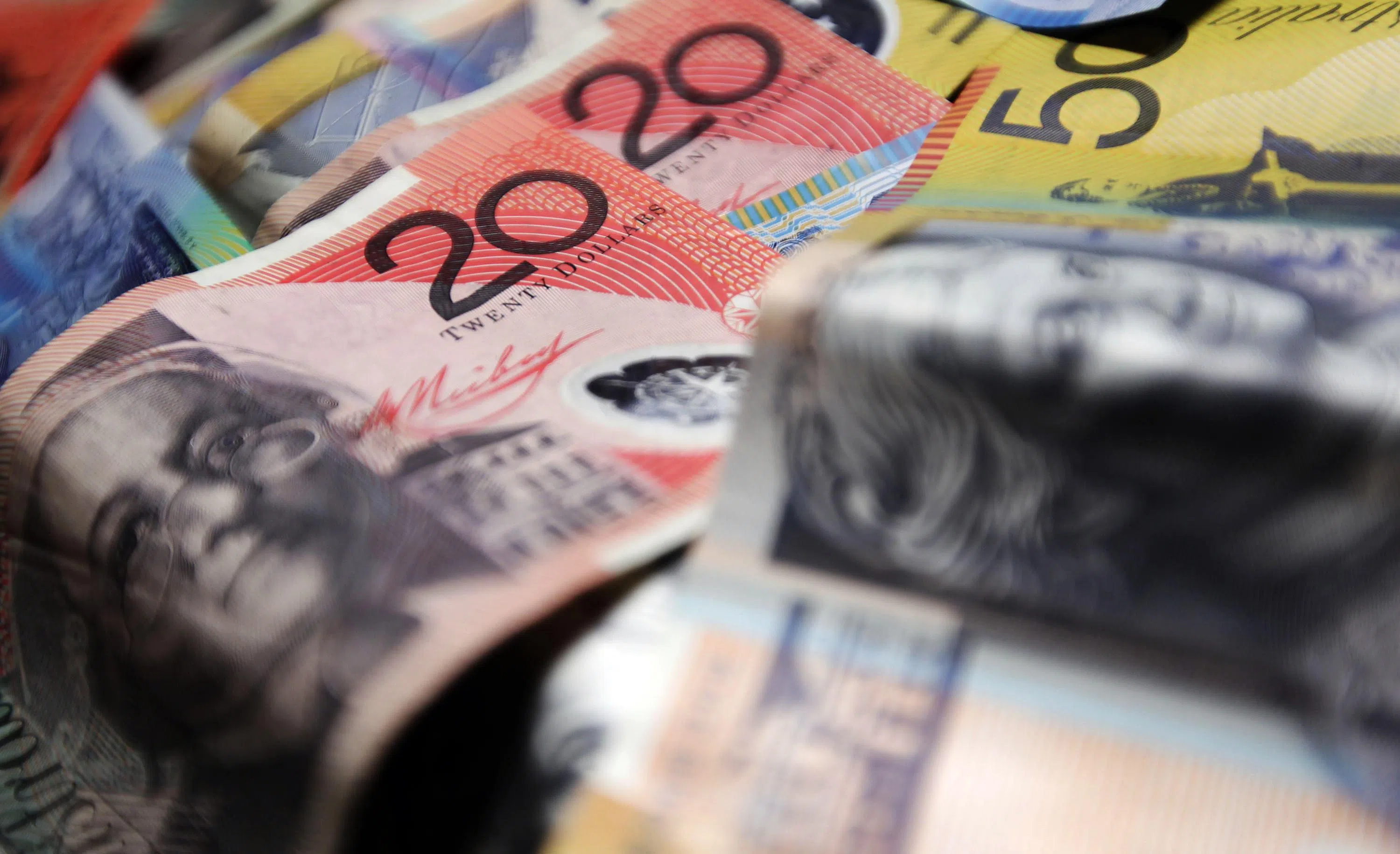THE Australian and New Zealand dollars scaled new 17-year tops on the low yielding yen on Monday thanks to persistent carry trade demand, although risk of a reversal looms as Japan stands ready to stop its currency’s fast declines.
Traders are also looking ahead to Australia’s May consumer price report on Wednesday and the US personal consumption expenditures (PCE) price index – the Federal Reserve’s favoured gauge of inflation – on Friday to see how much easing there will be this year.
The Aussie hit 106.27 yen on Monday, the highest level since October 2007, having climbed a whopping 1.9 per cent last week. The next major target is the 2007 peak of 107.84.
However, with the yen nearing the key 160 level on the dollar and drawing daily warnings from Tokyo, the popular cross could be at risk of a sharp drop. The Australian dollar lost 5 yen in two days in late April when Japan intervened in the market.
The kiwi showed some signs of fatigue after scaling a new 17-year top to 97.92 yen on Monday and was last down 0.3 per cent at 97.5 yen. It was up 1.1 per cent on the yen last week.
Consumer prices in Australia are expected to fall around 0.2 per cent on the month, but the annual rate will likely pick up to 3 per cent from 3.6 per cent. That will feed into the quarterly report due at the end of July, just days before the August board meeting by the Reserve Bank of Australia.
BT in your inbox
Start and end each day with the latest news stories and analyses delivered straight to your inbox.
Markets see little chance of an easing until April next year. By that time, futures imply US rates will have fallen by 100 basis points.
That is one reason the Aussie has stuck to its recent range of US$0.6580-0.6710 in the face of US dollar strength. It was off 0.1 per cent at US$0.6633, having eked out a small gain of 0.4 per cent last week.
Joseph Capurso, head of international economics at Commonwealth Bank of Australia, expects the Aussie to trade within a tight range of US$0.66-0.67 this week.
“AUD/USD may ease slightly if Australia’s CPI indicator is weaker than the consensus of what economists expect.”
The kiwi slipped 0.2 per cent to US$0.6108, after falling 0.4 per cent last week. REUTERS



